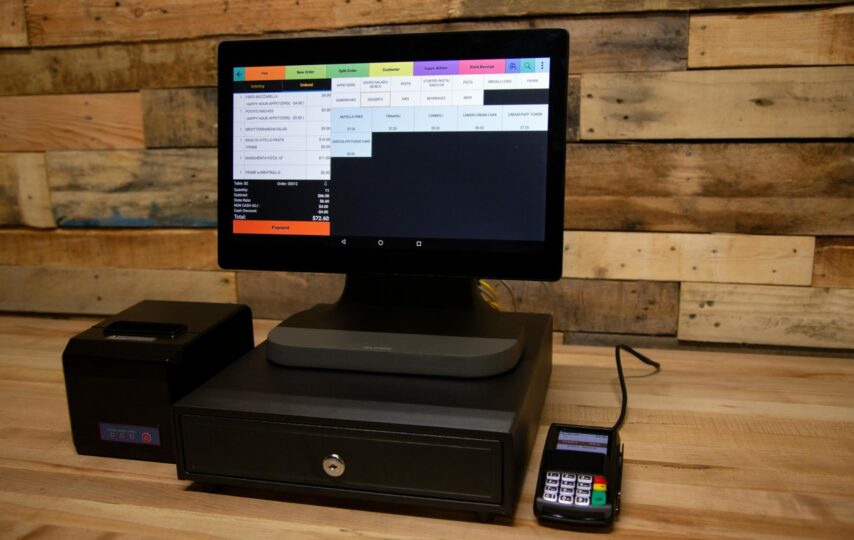A cash discount program is a pricing structure that allows merchants to pass on the cost of credit card processing fees to their customers. Under this program, customers who pay with cash or debit cards are charged the regular price, while customers who pay with credit cards are charged a higher price that includes a surcharge to cover the cost of the credit card processing fee.
By implementing a cash discount program can reduce the cost of merchant services by shifting some of the cost of credit card processing onto their customers. This can help merchants to save money on their merchant services fees, particularly if they have a high volume of credit card transactions.
However, it’s important to note that not all merchants are able to implement a cash discount program. Some credit card networks, such as Visa and Mastercard, have rules that prohibit merchants from surcharging for credit card transactions. In addition, some states have laws that prohibit merchants from surcharging for credit card transactions or that limit the amount of the surcharge that can be applied.
It’s always a good idea to check with your merchant services provider and review the terms and conditions of your merchant account before implementing a cash discount program.
What is a Cash Discount Program?
A cash discount program is a pricing structure in which customers who pay for goods or services with cash, check, or other forms of non-credit payment receive a discount on the total price. The purpose of a cash discount program is to encourage customers to pay with cash or other non-credit methods, which can help a business reduce its credit card processing fees and other costs associated with accepting credit payments.
How Does a Cash Discount Program Work?
A cash discount program works by encouraging customers to pay for goods or services with cash or other non-credit payment methods in order to receive a discount on the total price. The business sets the price of goods or services at a higher level than the actual cost, with the difference between the two representing the credit card processing fee or other cost associated with accepting credit payments. Customers who pay with cash or other non-credit methods receive a discount on the total price, while those who pay with credit are charged the full price.
There are several different ways that a cash discount program can be implemented, and businesses can choose the approach that best fits their needs and operations. Some businesses may offer a flat discount on all purchases made with cash or other non-credit methods, while others may offer a percentage discount or a tiered pricing structure based on the payment method used.
For example, a business may offer a 5% discount on all purchases made with cash or check. In this case, the price of goods or services would be set at a higher level than the actual cost, and customers who pay with cash or check would receive a 5% discount on the total price. Customers who pay with credit would be charged the full price.
It is important for businesses to carefully consider the potential impact of a cash discount program on their customers and to clearly communicate the details of the program to avoid confusion or misunderstanding. In some cases, businesses may need to obtain approval from credit card companies or comply with certain regulations in order to implement a cash discount program.








